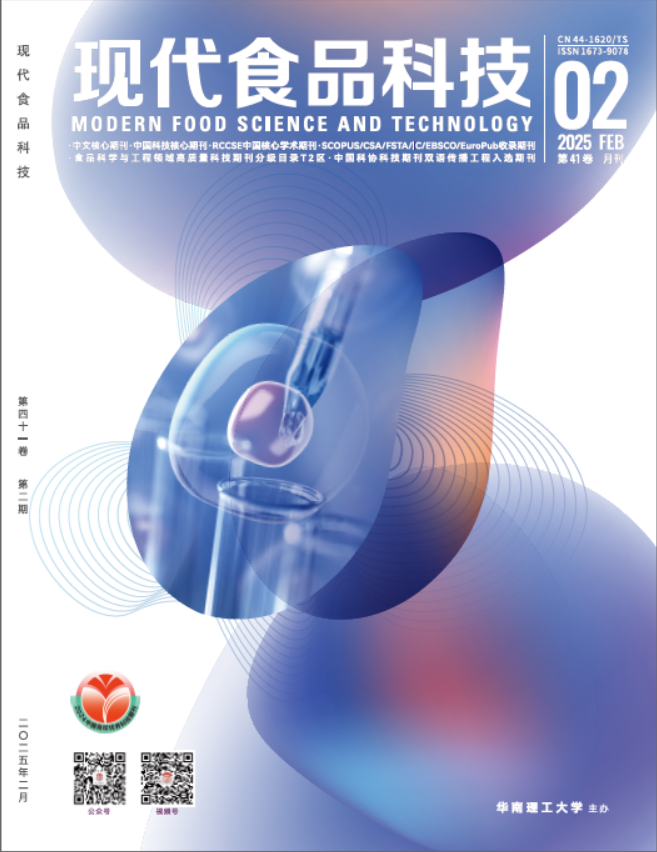
Editor in chief:李琳
Inauguration:现代食品科技
International standard number:ISSN 1673-9078
Unified domestic issue:CN 44-1620/TS
Domestic postal code:46-349
- Most Read
- Most Cited
- Most Downloaded

Editor in chief:李琳
Inauguration:现代食品科技
International standard number:ISSN 1673-9078
Unified domestic issue:CN 44-1620/TS
Domestic postal code:46-349